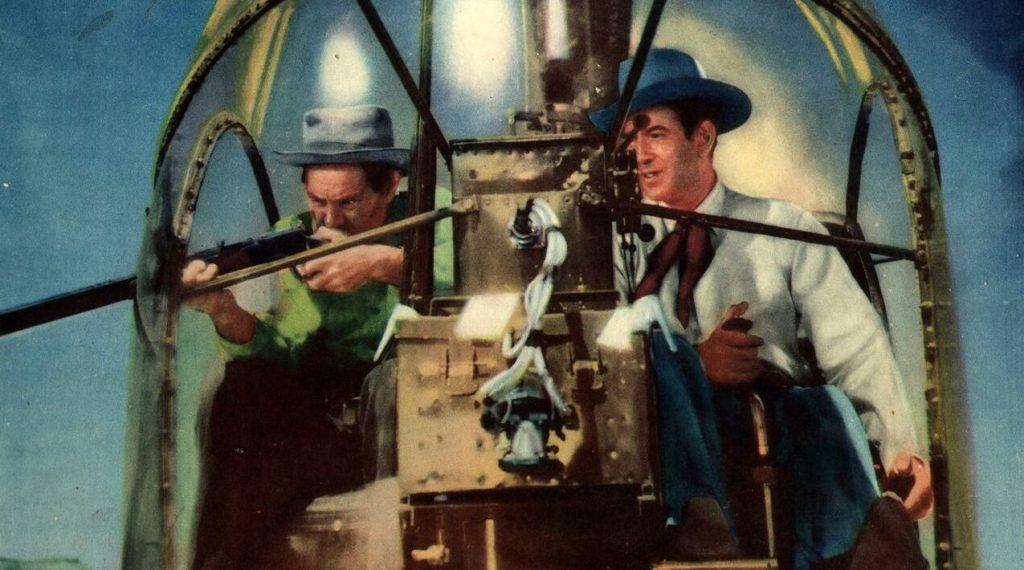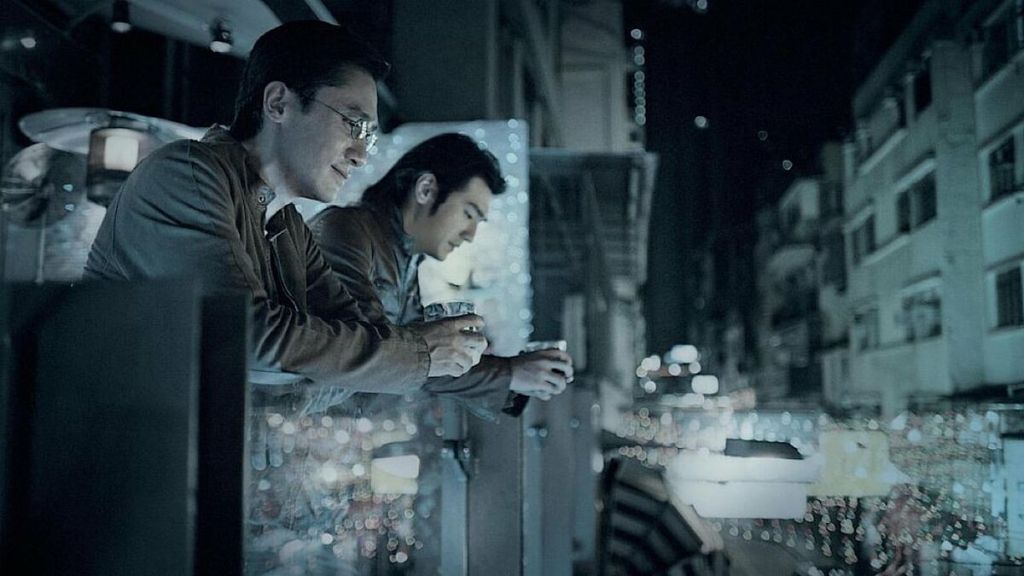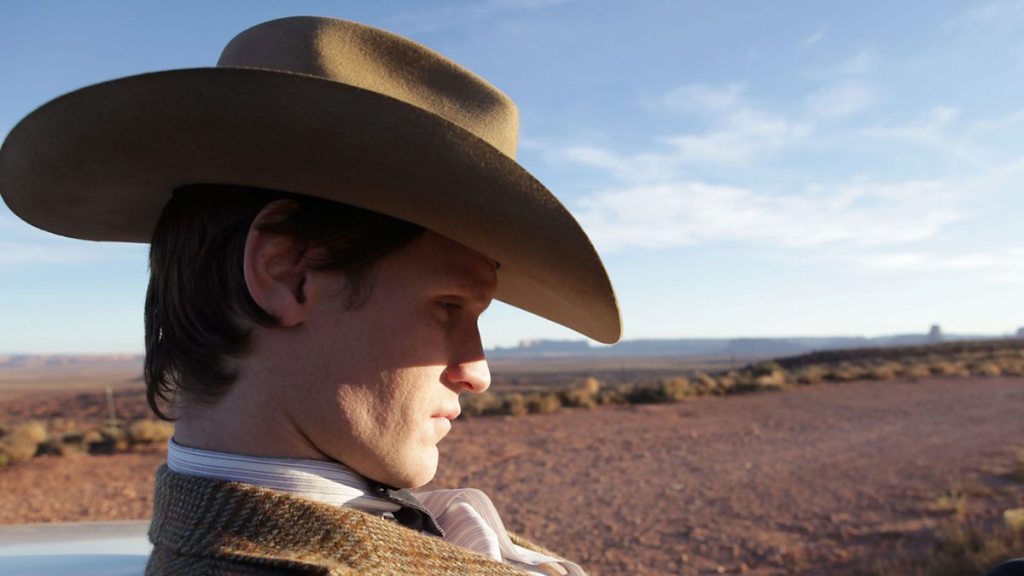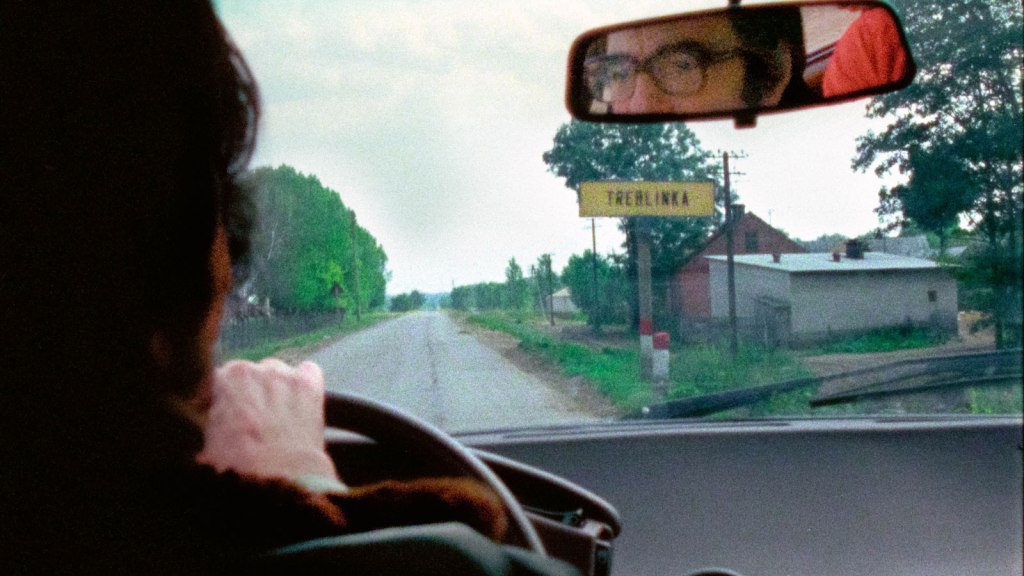As early as the 1930s, some western films were transplanting their stories from the 19th century period setting to a contemporary one: preserving the key tropes of the genre, but setting them in the present day instead. It was done for a number of reasons, including increased social relevance and an expanded scope for storytelling, but notably it was also generally the cheaper option. This presence of contemporary westerns, sometimes called ‘post-westerns’, expanded considerably during the 1940s and 1950s. Notably John Sturges’ Bad Day at Black Rock, the first western released in 1955 – and one of the year’s very best – relocated a traditional ‘stranger rides to town’ narrative to a post-World War II period.
Canyon Crossroads, an Allied Artists picture directed by Alfred L. Werker, does a similar job of transporting a well-worn western story to a modern-day setting. In this case, it tells the familiar story of an aspiring miner defending his Californian gold deposit from a greedy and criminally connected land-owner, only instead of 19th century California we are in 20th century Utah and instead of a seam of gold it is a valuable deposit of uranium.
This is the western re-imagining for America’s atomic age. The film opens on a striking image: a cowboy on horseback, pursued across the desert not by a posse of outlaws but by a gunman in a helicopter. Sadly from there, it is all downhill for Canyon Crossroads: the 20th century context is inventive, but the invention ends there.
Richard Basehart plays mining engineer Larry Kendall, who has come to Moab, Utah, to search for uranium deposits with scientist Andrew Rand (Russell Collins) and his daughter Katherine (Phyllis Kirk). Their efforts are stymied by a well-monied rival named Larson (Stephen Elliot). As the script is somewhat limited, there really is not much for the lead cast to do – although both Basehart and Kirk are solidly enjoyable.
The film also includes Richard Hale as a native American tracker named Joe Rivers. It was a role typical of Hale’s, who was often cast in brown-face to play indigenous and Middle Eastern roles, and it is typical of Hollywood filmmaking at the time. The inclusion of a native American character helps seal Canyon Crossroads to the western genre. The inclusion of brownface casting regrettably seals it to the racism of the time during which the film was made.
Overall the film is a somewhat moribund production: while technically competent, the story is remarkably by-the-numbers and the visual aesthetic rather ordinary. The uranium angle provides at least a minor touch of interest, as does Larson’s helicopter. In practice, however, the former’s impact is limited and the latter appears to have soaked up much of the production budget.
1955 West is a review project to watch as many western features from 1955 as possible, in order to gain a ‘snapshot’ view of the genre at its height. According to Letterboxd, there were 72 westerns released that year. You can see all of FictionMachine’s reviews of them to date by clicking here.





Leave a comment